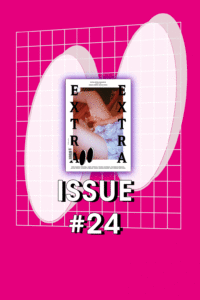The study of human migration since the Bronze Age is ready for a new view as archeological studies incorporate ancient DNA (aDNA) analysis of human, animal and plant remains, pathogens and the systematic use of big data. Prior archeology revolutions occurred with the advent of radiocarbon dating (1950s) and stable isotope analysis (1980s) and contributed to the understanding of who moved and when. Using these methods, archeologists and historians sought to understand whether the few or the many contribute their ideas, genes or both to the creation of new communities, languages and material cultures or the transformation of existing ones. Future insights will be derived not only from the studies of texts, funerary inscriptions and practices, grave goods, settlement patterns, and stable isotope analysis of human, faunal and floral remains, but also from aDNA. On 3–7 September 2018, historians, archeologists, physical anthropologists, and geneticists subjected these methods to scrutiny at a conference at the Lorentz Center at Leiden University. Though their presentations and discussions, they agreed that a consilience view of human migration might be derived from comparative analysis. Several takeaways were provided that can inform the genetics community.
Diaspora, Migration, and the Sciences
A New Integrated Perspective




